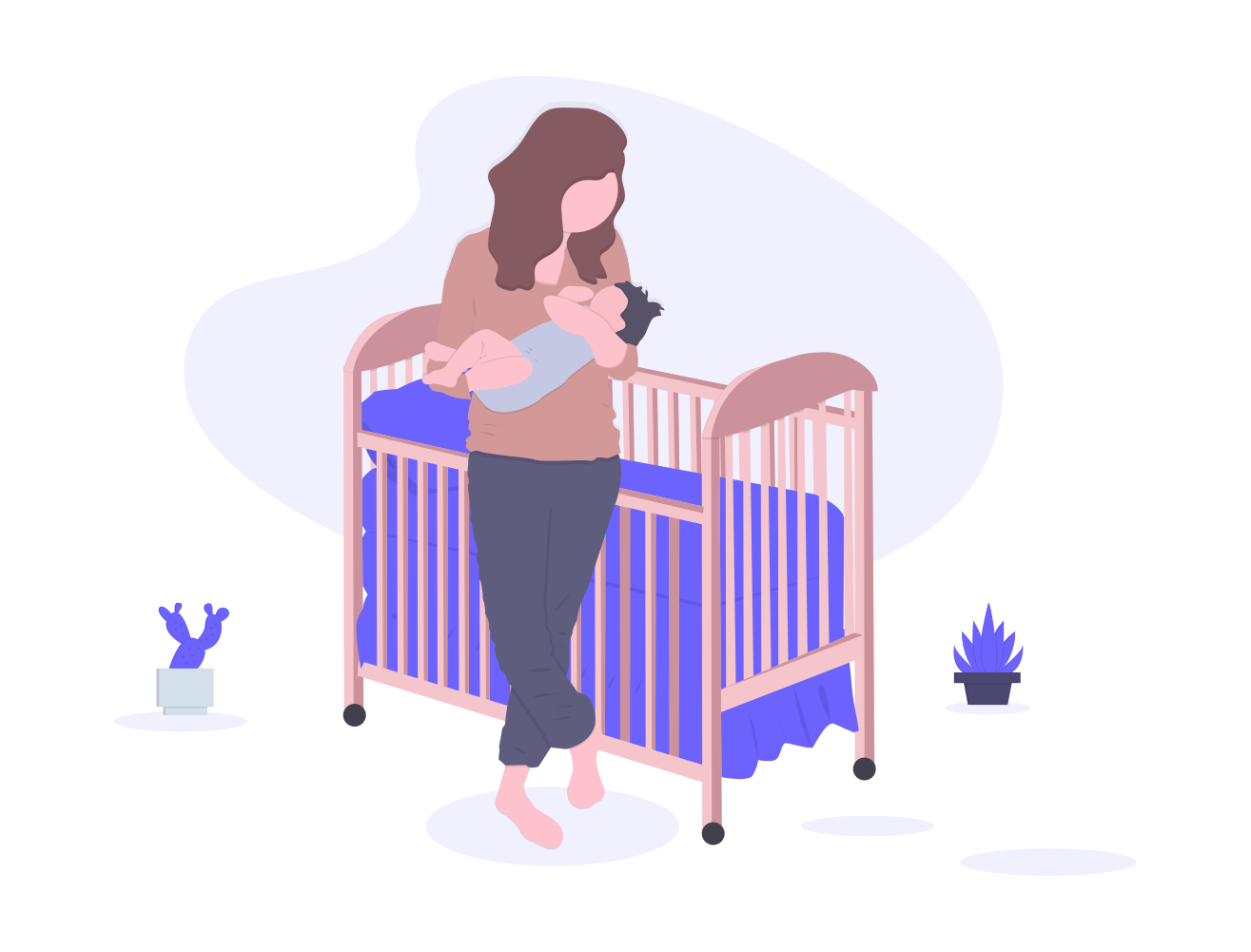Health: cry as a biomarker
Crying is the only way small babies have to communicate with the world. It's a natural and instinctive language. It is also the only common language in the entire world; all babies express the same needs in the same way – regardless of gender, culture or nationality. By analysing the sound of cries is possible to discover the reason why the baby is crying. Nevertheless, interpreting baby cries from a communication perspective is only the beginning of a ground-breaking adventure in the field of cry analysis. Our reaserch is focusing on studying how the acoustic signal conceals the cause of many infant pathologies. The goal is preventive healthcare: use baby cries as a biomarker to support early detection of pathologies or neurodevelopmental disorders such as autism, specific language impairments, hearing disorders, hyperactivity or sudden infant death among others.


Crying as an universal language
Baby crying is the first language newborns use to communicate. A misunderstanding of the message can generate frustration on both sides (newborn and caregiver) compromising not only infant care but also the parental relationship. Even though cries sound different depending on the language or culture of the mother. The meaning of those cries are universal and identical around the world. The cues are more obvious and honest during the first weeks of life. Babies cry all the same way to express basic needs or emotions that could be “summarized” in the following conditions : for being hungry, sleepy, uncomfortable or fuzzy, because they need to burp, have stomach pain or are overstimulated.

